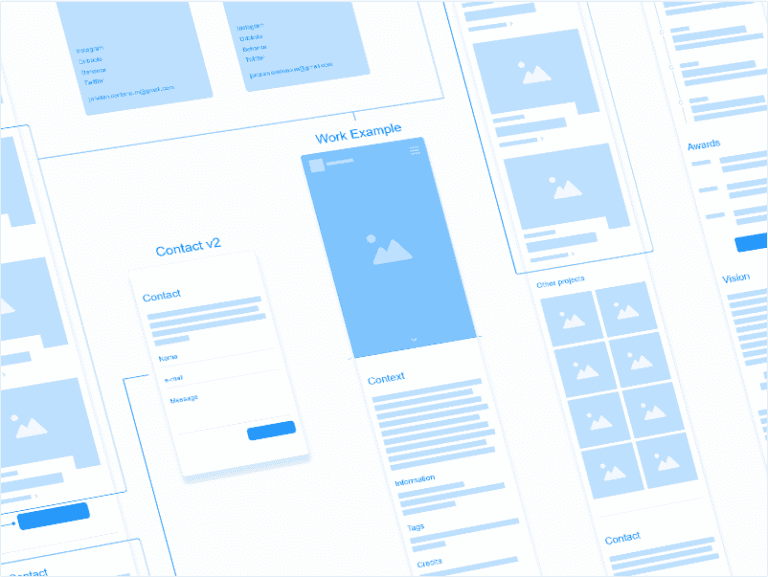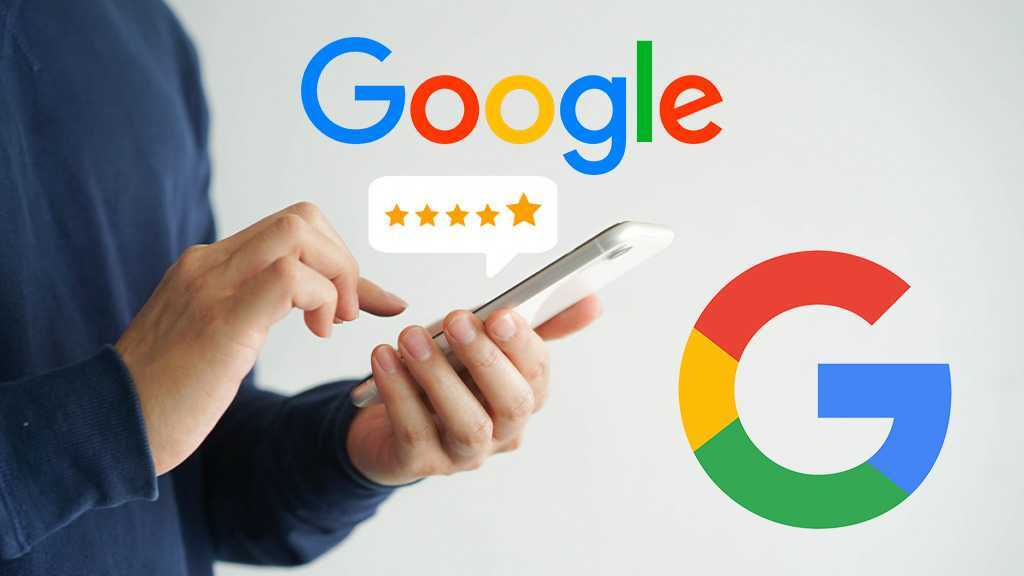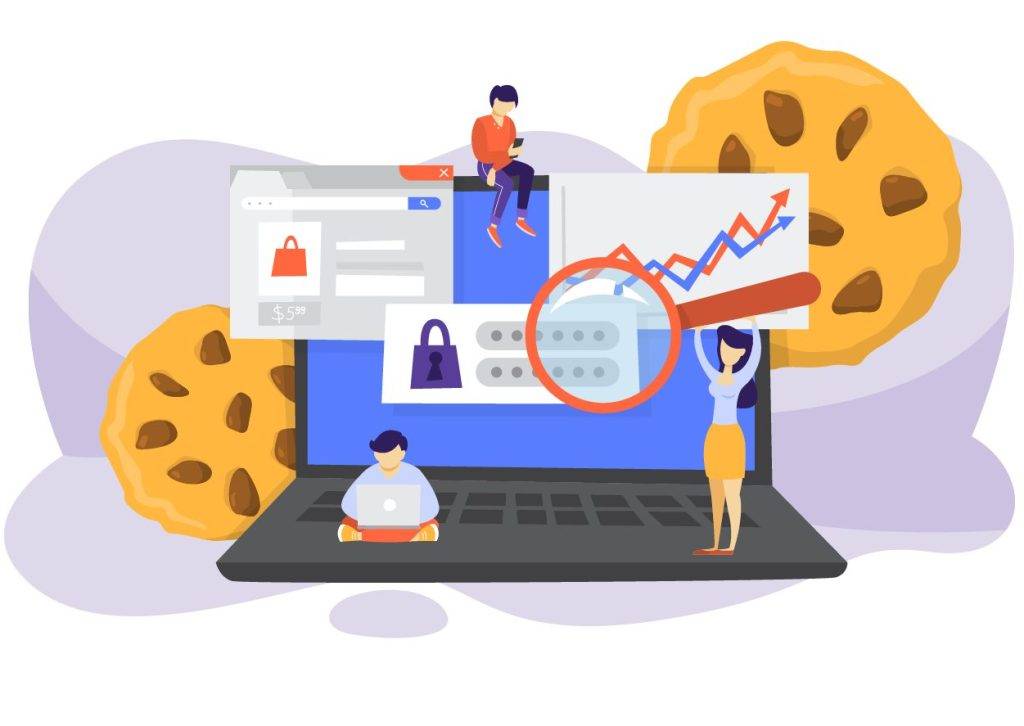Nearly 40% of visitors have frustrating experiences on websites
User experience is crucial for websites, especially for e-commerce sites. According to Contentsquare’s most recent study, nearly 40% of visitors encounter frustrating website experiences, with long load times, repetitive clicks, repeated interactions with fields or buttons, etc. This friction along the customer journey can detract from the online experience.
Contentsquare has just published its Digital Experience Benchmark 2023 report, which takes stock of the online experience and customer satisfaction. This study is based on the analysis of 35 billion visits to nearly 3,000 websites in 26 countries. Discover the main frictions encountered by Internet users and the best practices to put in place to optimize your customer journey.
Top 5 causes of frustration on e-commerce websites
According to the report, here are the top frustration factors that create barriers throughout the customer journey and can harm the online experience:
- Long load times (18.1%): the visitor is faced with a web page that takes more than 3 seconds to load.
- Rage clicks (6.0%): the visitor clicks at least 3 times on an element in less than 2 seconds.
- Repeated interactions with a button (5.9%): the visitor clicks on a button at least 3 times.
- Repeat user targets (5.3%): the visitor clicks on an element at least 3 times.
- Repeated interactions with a field (3.4%): the visitor clicks on a field at least 3 times.

Optimizing the customer journey: best practices to implement
For an optimal user experience, Contentsquare recommends the following practices:
- Pages that load in less than a second lower the bounce rate by 5.5 points (43.5% vs. 49%) and increase the average number of page views per session by 1.2. And those extra views improve conversion rates by 25%.
- Prioritize customer interaction More interactive sites have 19% higher conversion rates and 20% lower bounce rates. Increased activity drives conversions, so it’s in a company’s best interest to create more interactive pages, especially on Product, Category and Checkout pages, which are the three most visited page types.
- Optimize your checkout pages on mobile Many brands are losing customers on the checkout page, especially on mobile: nearly 20% of mobile visits include time spent on a checkout page, but conversions on mobile overall have dropped more than 4% year-over-year. In contrast, the Contentsquare report highlights




